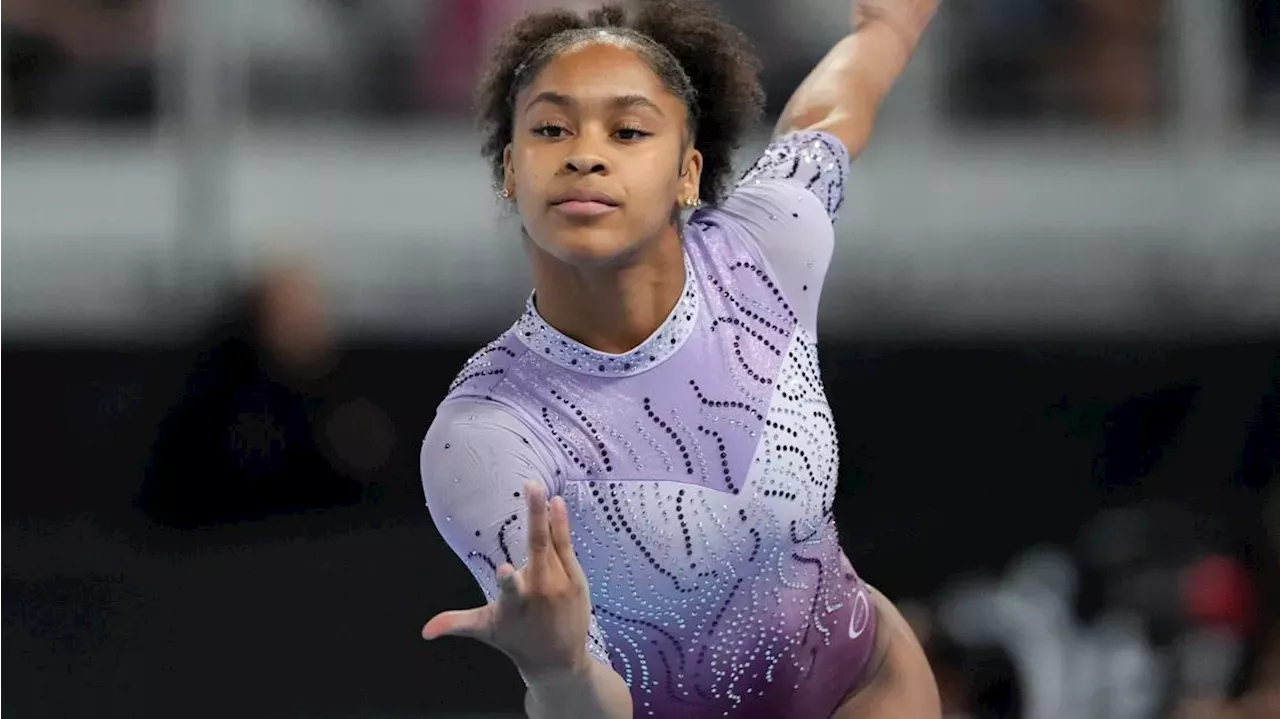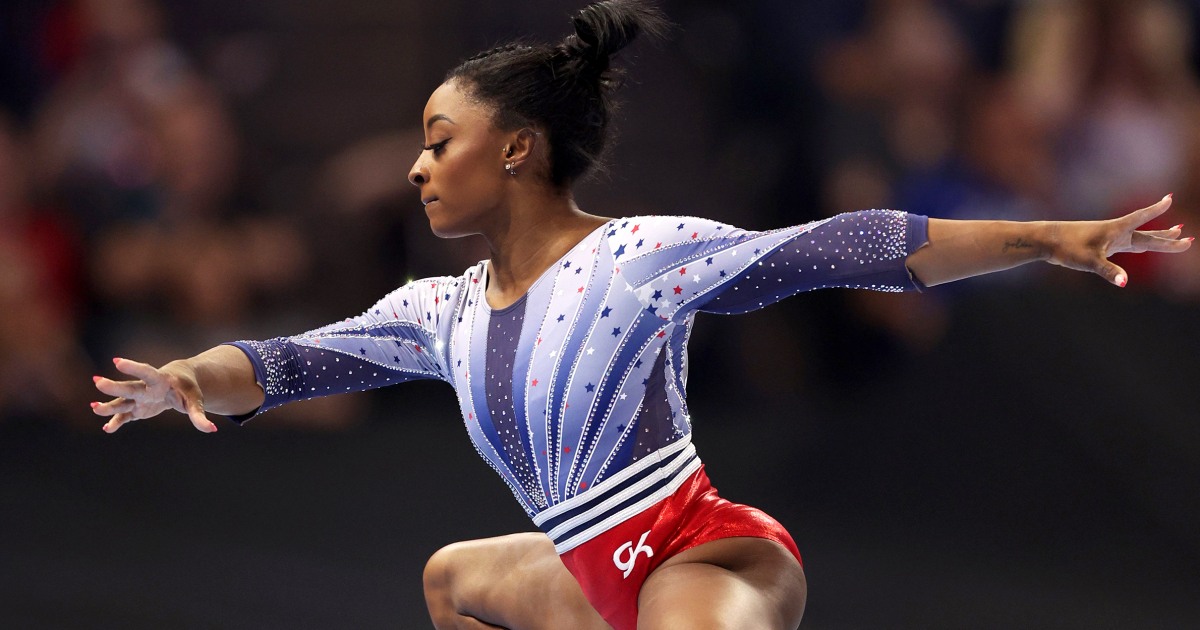Common Gymnastics Injuries

Gymnastics injuries – Gymnastics is a physically demanding sport that requires athletes to perform complex and high-impact movements. As a result, gymnasts are at risk for a variety of injuries. These injuries can range in severity from minor strains and sprains to more serious fractures and dislocations.
Gymnastics injuries are a common occurrence, especially among elite athletes like Hezly Rivera. These injuries can range from minor sprains and strains to more serious fractures and dislocations. The intense training and rigorous routines put a lot of stress on the body, making gymnasts particularly susceptible to injuries.
Understanding the risks and taking preventive measures is crucial for gymnasts to stay healthy and perform at their best.
Factors Contributing to Gymnastics Injuries
There are a number of factors that can contribute to gymnastics injuries, including:
- Training techniques: The way that gymnasts train can have a significant impact on their risk of injury. Overtraining, improper technique, and inadequate warm-up and cool-down can all increase the likelihood of injury.
- Equipment: The equipment used in gymnastics can also contribute to injuries. Malfunctioning or poorly maintained equipment can pose a safety hazard to gymnasts.
- Environmental conditions: The environmental conditions in which gymnasts train and compete can also affect their risk of injury. For example, training in a hot and humid environment can increase the risk of dehydration and heat-related illnesses.
Prevalence of Gymnastics Injuries
Gymnastics is one of the most injury-prone sports. According to a study published in the journal Sports Medicine, the overall injury rate in gymnastics is 10.4 per 1,000 athlete-exposures. This means that for every 1,000 hours of training or competition, gymnasts can expect to experience an average of 10.4 injuries.
The world of gymnastics is not without its perils, as many gymnasts have experienced the unfortunate reality of injuries. One such injury that has gained attention is the “kayla dicello vault” ( kayla dicello vault ). This vault, named after the gymnast who first performed it, involves a complex series of flips and twists that put immense strain on the body.
As a result, it has been linked to various injuries, including ankle sprains, knee dislocations, and even spinal cord damage. Understanding the risks associated with such maneuvers is crucial for gymnasts and coaches alike, as they strive to maintain the safety and well-being of those involved in this demanding sport.
The most common types of gymnastics injuries are:
- Strains and sprains: These are injuries to muscles, tendons, or ligaments. They are often caused by overexertion or improper technique.
- Fractures: These are breaks in bones. They can be caused by falls, collisions, or other high-impact forces.
- Dislocations: These are injuries in which bones are forced out of their normal position. They can be caused by falls, collisions, or other high-impact forces.
- Concussions: These are injuries to the brain that can be caused by falls, collisions, or other head injuries.
Prevention and Treatment of Gymnastics Injuries
Gymnastics is a physically demanding sport that can lead to various injuries. Prevention and timely treatment are crucial to ensure the safety and well-being of gymnasts. This section explores strategies for injury prevention and Artikels the different treatment options available.
Injury Prevention Strategies
Injury prevention is paramount in gymnastics. Implementing comprehensive strategies can significantly reduce the risk of injuries. These strategies include:
- Proper Warm-up Exercises: Warming up before training prepares the body for the strenuous movements involved in gymnastics. Dynamic stretching and light cardio exercises enhance flexibility, range of motion, and blood flow to the muscles.
- Correct Training Techniques: Following proper training techniques is essential to minimize the risk of injuries. Coaches should ensure that gymnasts perform exercises with the correct form and technique, avoiding excessive strain or improper body positioning.
- Safety Measures: Implementing safety measures in the training environment is crucial. Adequate spotting, proper landing surfaces, and well-maintained equipment can help prevent accidents and minimize the severity of injuries.
Treatment Options for Gymnastics Injuries
Despite preventive measures, injuries can occur in gymnastics. Prompt and appropriate treatment is essential for a speedy recovery and to prevent long-term complications. Treatment options include:
- Rehabilitation Protocols: Rehabilitation protocols involve a structured program of exercises and therapies designed to restore range of motion, strength, and function to the injured area. Physical therapists play a crucial role in developing and guiding gymnasts through these protocols.
- Physical Therapy: Physical therapy focuses on improving mobility, flexibility, and strength through manual therapy, exercises, and modalities such as ultrasound or electrical stimulation. It helps reduce pain, promote healing, and prevent further injuries.
- Surgical Interventions: In some cases, surgery may be necessary to repair or reconstruct damaged tissues or bones. Surgical interventions are typically considered when conservative treatment options have failed to resolve the injury.
Role of Medical Professionals, Coaches, and Gymnasts
Effective injury management and recovery in gymnastics require collaboration among medical professionals, coaches, and gymnasts. Medical professionals provide expert diagnosis, treatment plans, and guidance on injury prevention and rehabilitation. Coaches ensure proper training techniques, implement safety measures, and monitor gymnasts for signs of potential injuries. Gymnasts play a crucial role by following instructions, reporting any pain or discomfort promptly, and actively participating in their recovery process.
Impact of Gymnastics Injuries on Athletes

Gymnastics is a physically demanding sport that requires athletes to perform complex and high-impact maneuvers. As a result, gymnasts are at an increased risk of sustaining injuries that can have significant consequences for their physical and psychological well-being.
Physical Consequences
Gymnastics injuries can range from minor sprains and strains to severe fractures and dislocations. Common injuries include:
- Wrist injuries (e.g., carpal tunnel syndrome, wrist sprains)
- Elbow injuries (e.g., tennis elbow, golfer’s elbow)
- Shoulder injuries (e.g., rotator cuff tears, dislocations)
- Knee injuries (e.g., anterior cruciate ligament (ACL) tears, meniscus tears)
- Ankle injuries (e.g., sprains, fractures)
- Back injuries (e.g., stress fractures, herniated discs)
These injuries can lead to pain, swelling, decreased range of motion, and loss of strength. In severe cases, injuries can require surgery and/or extensive rehabilitation, which can significantly impact an athlete’s ability to train and compete.
Psychological Consequences
In addition to the physical consequences, gymnastics injuries can also have a significant impact on an athlete’s psychological well-being. Injuries can lead to:
- Fear of re-injury
- Anxiety about returning to competition
- Depression due to the loss of identity and purpose
- Loss of confidence
- Difficulty concentrating
- Sleep disturbances
These psychological challenges can make it difficult for gymnasts to recover from injuries and return to their previous level of performance. In some cases, injuries can even lead to athletes retiring from the sport altogether.